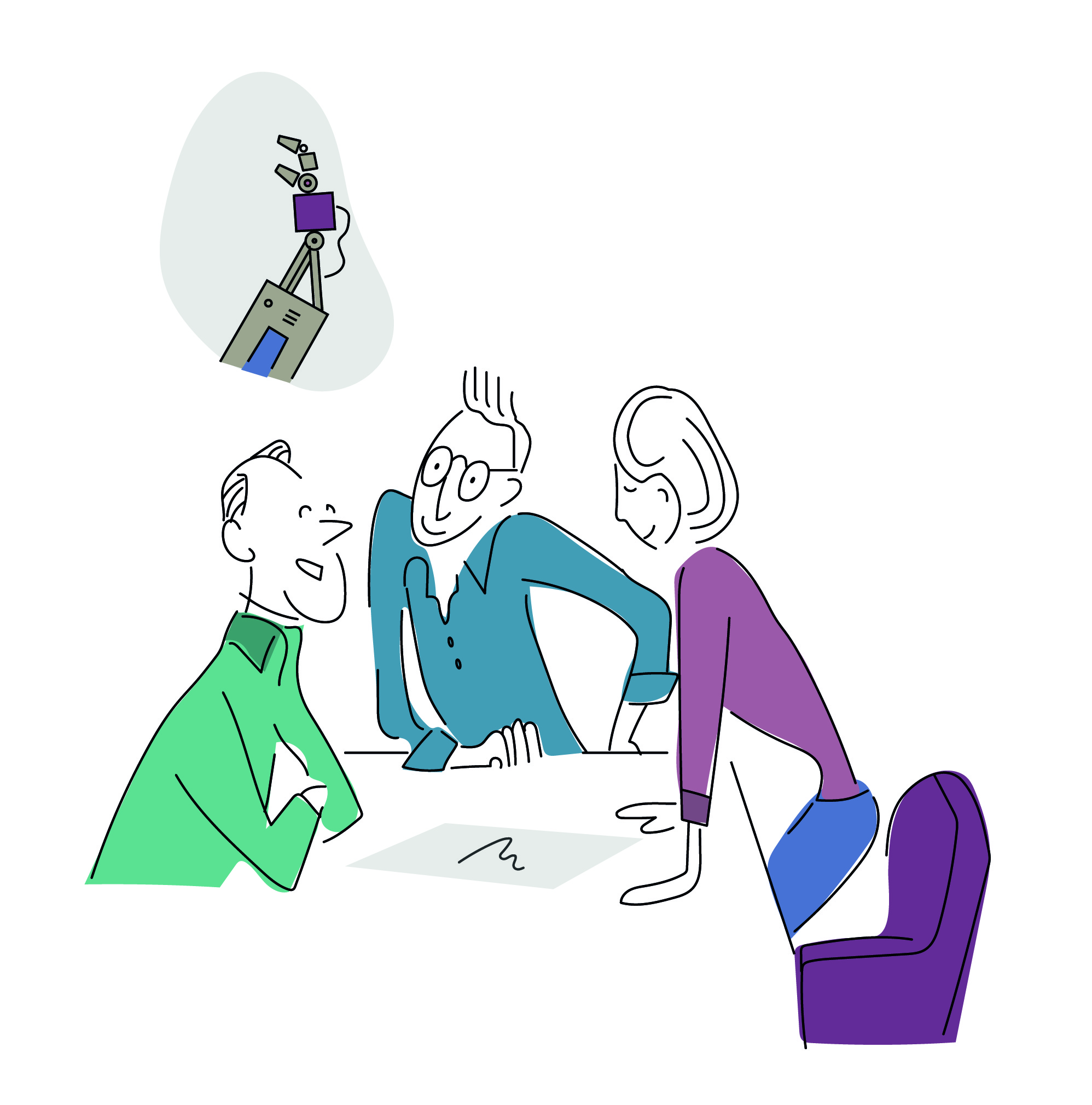Q. 13 How are FRAND disputes typically resolved?
The usual means of dealing with a dispute is when a SEP owner brings patent infringement proceedings against an implementer with which it has been unable to reach a licence agreement. As noted in Question [ ], a patent allows a SEP owner to prevent someone else from using its patented technology. This is usually done by the patent owner obtaining a court-ordered injunction preventing such use pending agreement on a licence.
However, for patents where the owner has given a FRAND licensing commitment covering a standardised technology, the owner may not obtain such an injunction until it has first offered a FRAND licence to the alleged infringer and the infringer rejects it – unless the court considers the implementer to have acted in bad faith. This means that a SEP owner must not only show its patent is infringed, and valid, but also that it has made a FRAND offer. This by necessity means that a court must consider whether an offer made is FRAND or to determine what is FRAND in the circumstances.
Such disputes are often costly for both the SEP owner and implementer. Therefore it may be better for both parties to agree to resolving their disputes via arbitration, which is a private means of resolving a dispute. However, an arbitration can only come about through the agreement of both parties and can be also be costly.
Mediation on the other hand can provide a cost-effective means of reaching a settlement. The mediator has no powers to resolve the dispute but can help guide both parties towards a resolution, at least on some issues, and so bring them closer together.

